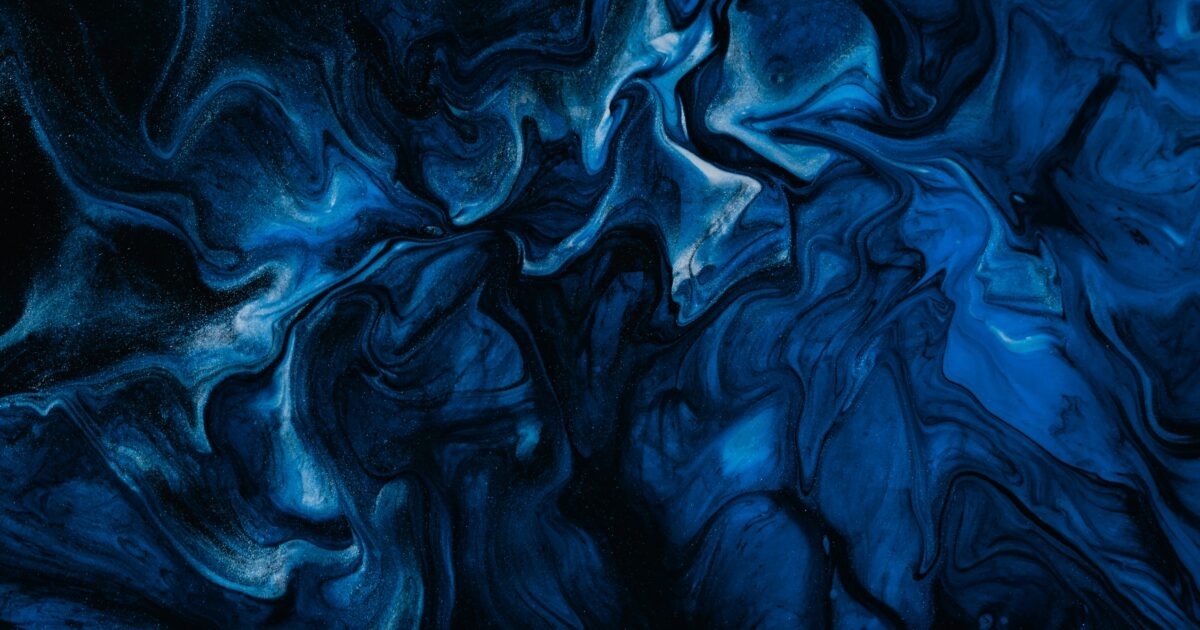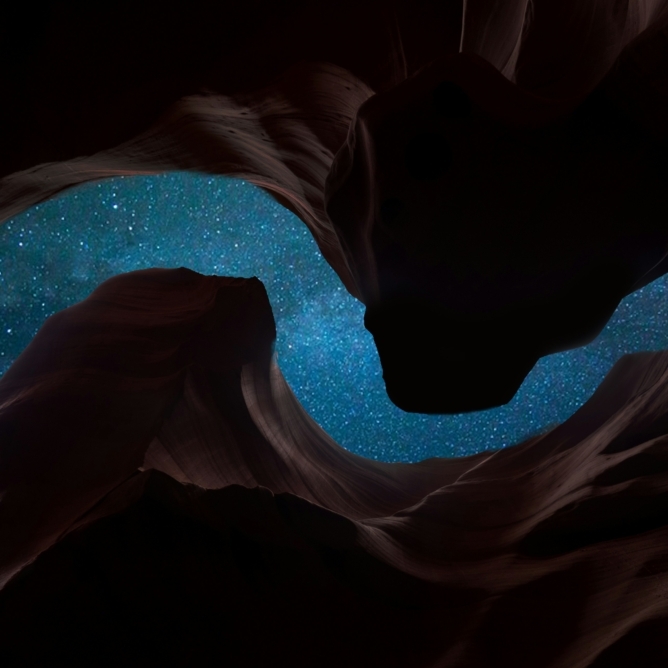General information
Founded in 1928, INQUA serves as the global representative body for Quaternary science. The organization is committed to eliminating barriers and promoting diversity and inclusivity by prioritizing funding for early-career researchers and scholars from developing countries. This support enables their active participation in the international scientific networks that INQUA fosters.
INQUA operates under a philosophy of inclusivity, ensuring that no individual is discriminated against based on race, colour, religion, gender, gender identity or expression, sexual orientation, genetics, or disability.
INQUA is registered as a foundation in the Netherlands: KvK – RSIN-number 81067321
Latest developments
View moreLatest developments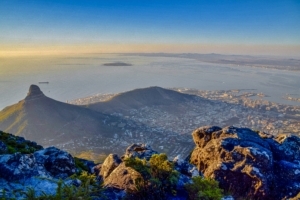 7th International Palaeontological Congress – IPC7
7th International Palaeontological Congress – IPC7The 7th International Palaeontological Congress (IPC7) will be held between 30 November – 3 December 2026 in Cape Town, South Africa
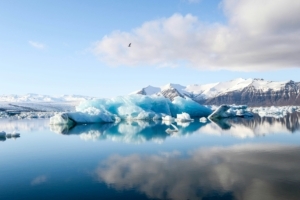 4th International Conference Polar Climate and Environmental Change in the Last Millennium
4th International Conference Polar Climate and Environmental Change in the Last MillenniumThe 4th International Conference Polar Climate and Environmental Change in the Last Millennium will be held in Toruń on August 28–30, 2026
 Online Workshop R Fundamentals for Data Science
Online Workshop R Fundamentals for Data ScienceOnline Workshop R Fundamentals for Data Science from DataSharp Academy
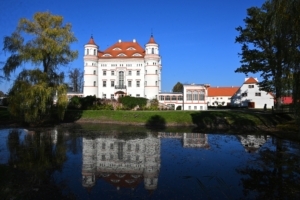 15th International Conference – Methods of Absolute Chronology MACh2026
15th International Conference – Methods of Absolute Chronology MACh2026Methods of Absolute Chronology is a Polish conference dedicated to the topics of absolute dating methods, bringing together many scientists from all over the country and abroad.
 Abstract Submission Open XXII INQUA 2027 Congress
Abstract Submission Open XXII INQUA 2027 CongressXXII INQUA 2027 28 January to 3 February 2027, Lucknow, India
 INQUA 2027 Talk Series
INQUA 2027 Talk SeriesJoin us for an engaging lecture by Dr. Qiuzhen Yin (Université catholique de Louvain, Belgium) discussing Astronomical Forcing: From Orbital & Suborbital Variability to Abrupt Climate Changes scheduled for Saturday, 06 Dec 2025 at 4:00…
